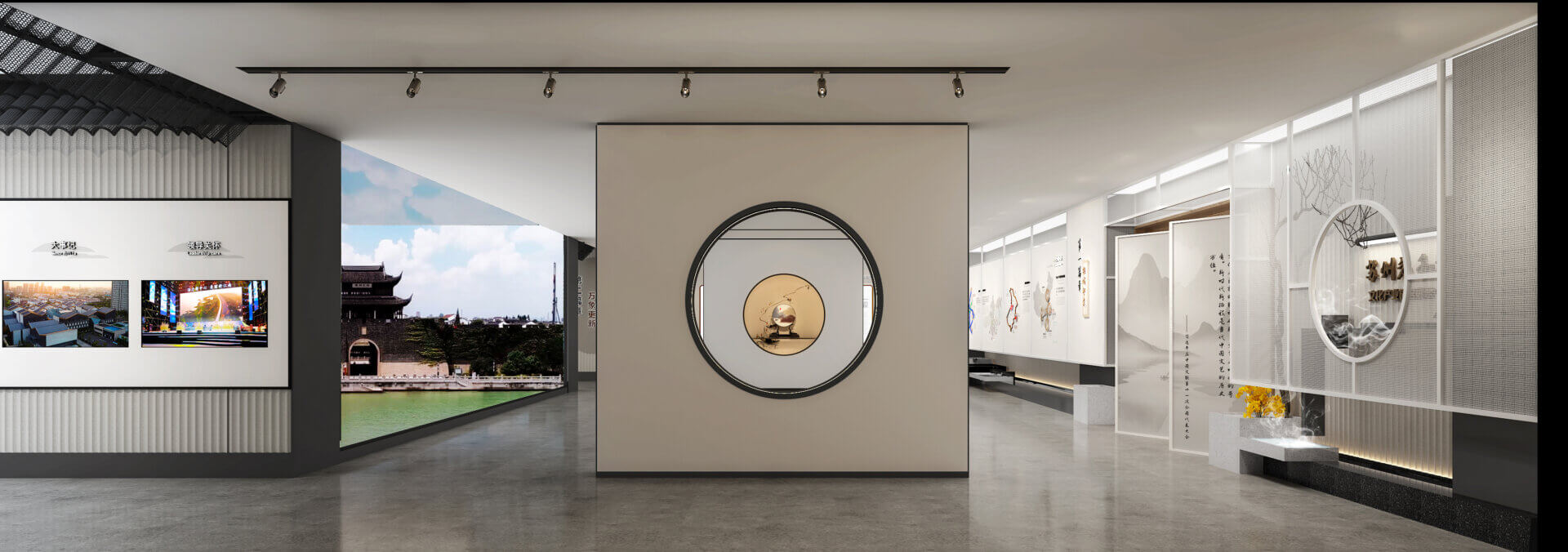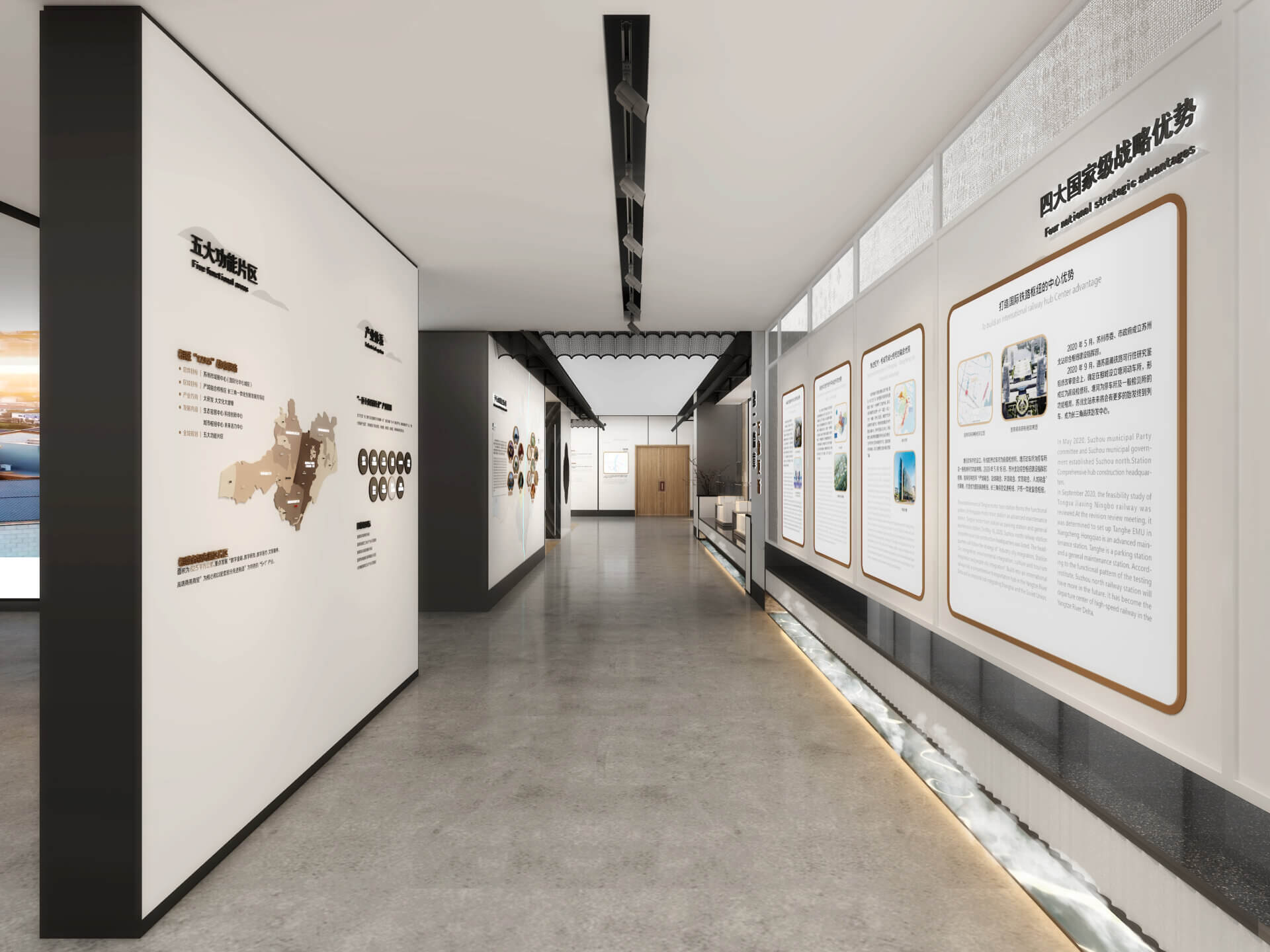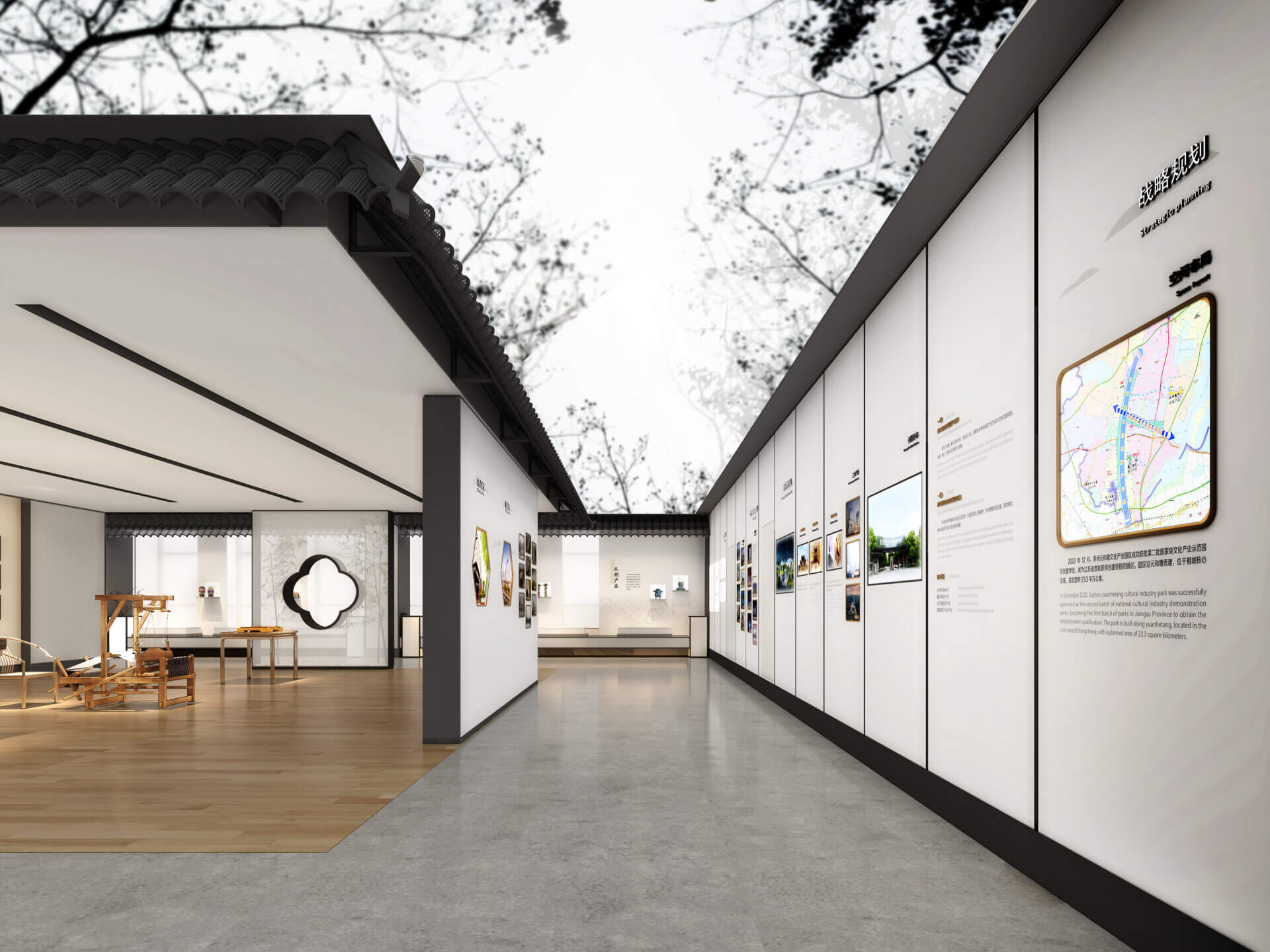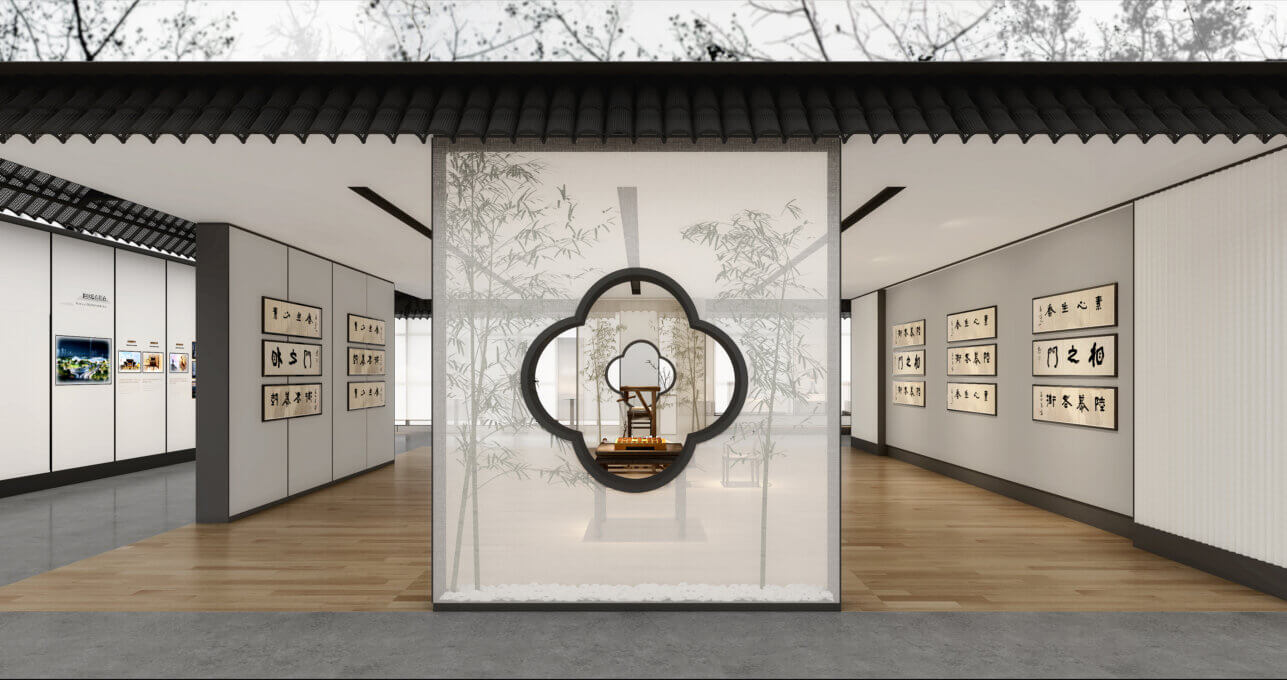
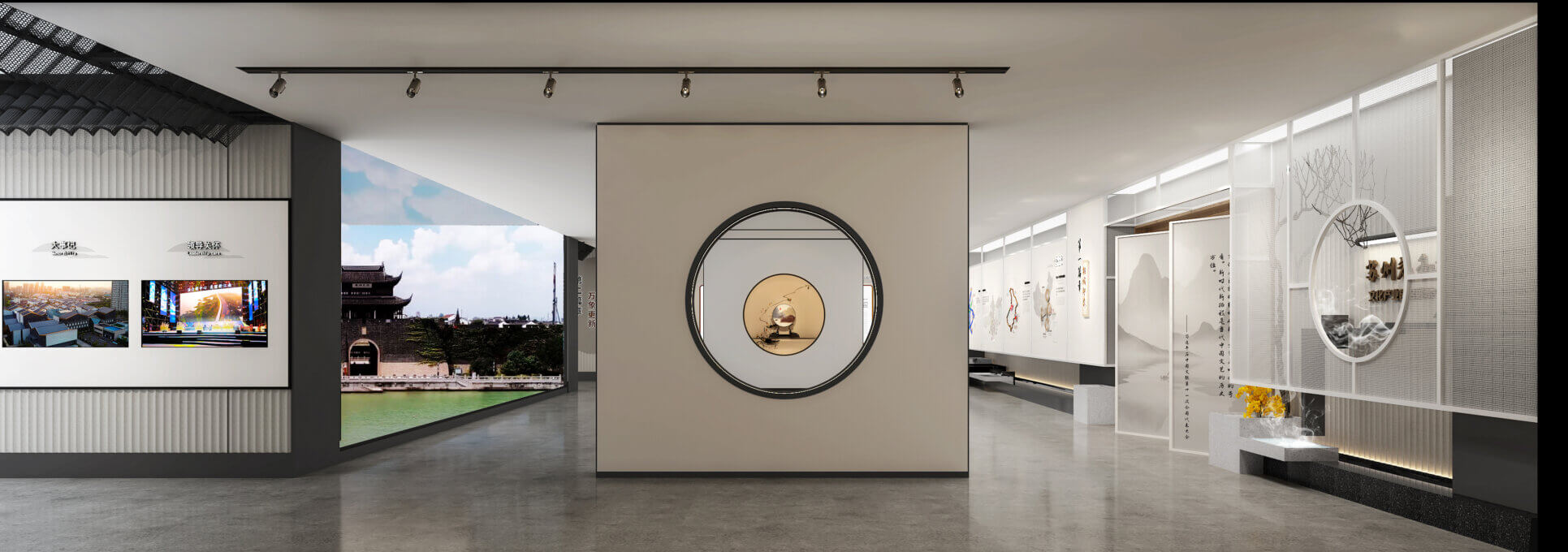
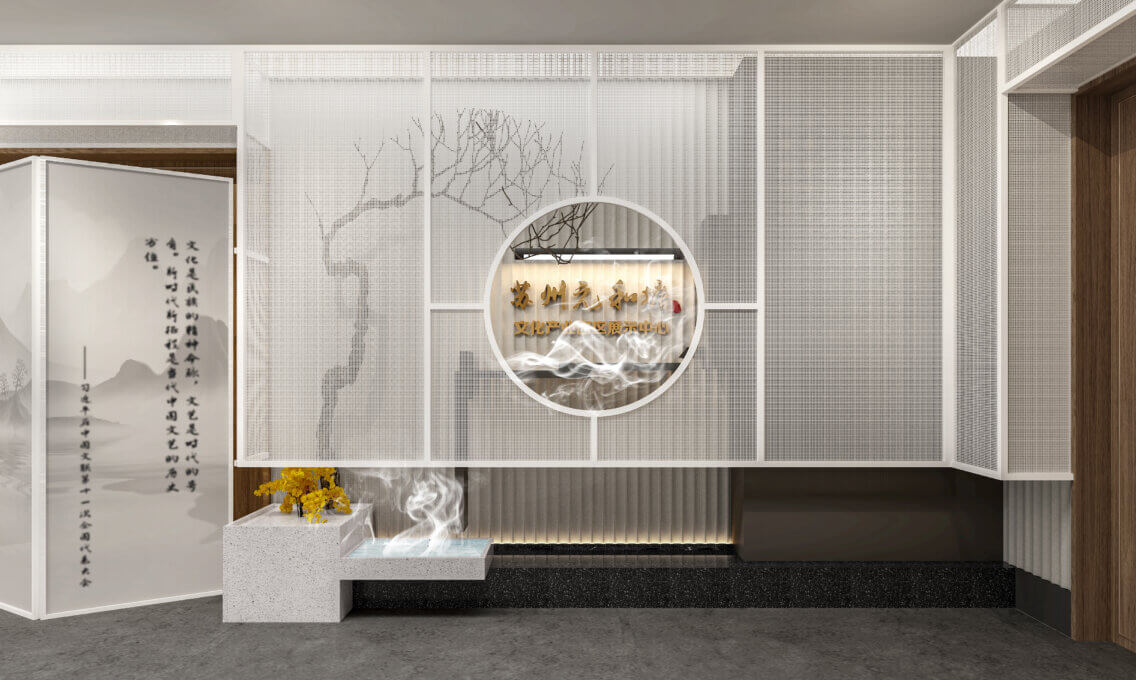


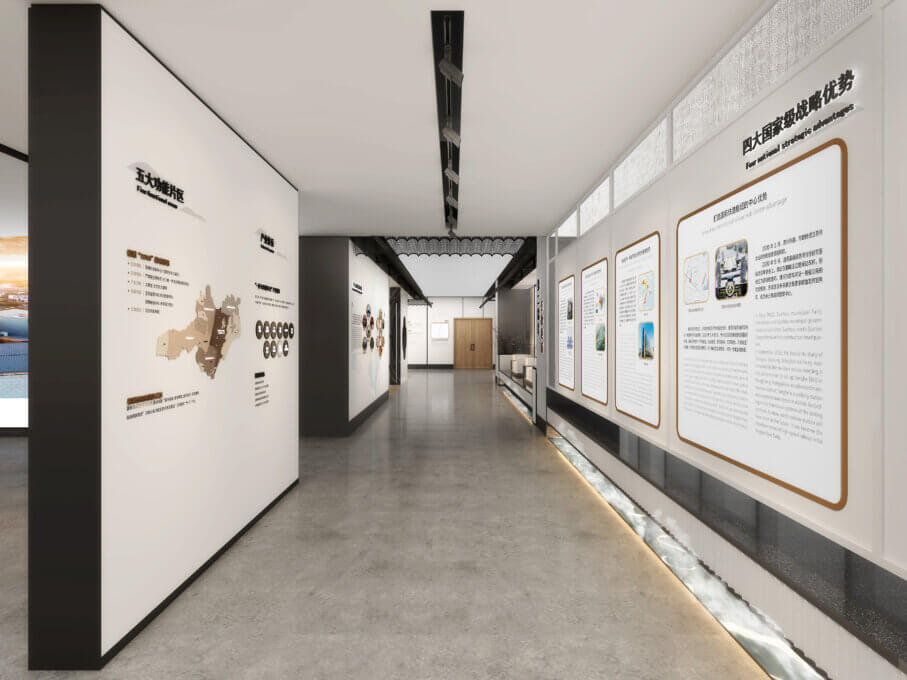


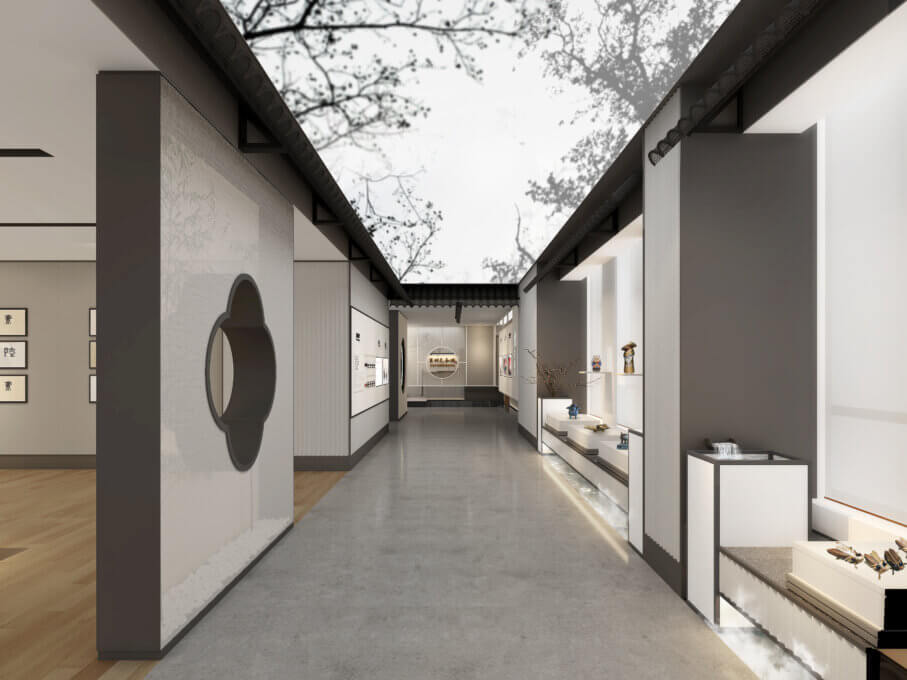

Share to
Yuanhetang exhibition hall
By : Suzhou Gold Mantis Culture Development Co., Ltd / Liu Zhen / Jia Yixin / Shi Man / He Yulu / Gu Mengen / Fan Qian
GRANDS PRIX DU DESIGN – 15th edition
Discipline : Interior Design
Categories : Culture, Sport & Leisure / Museum & Gallery : Gold Certification
We opted to sketch the form of the building using eaves and other ornamental forms in an attempt to infuse soul into the project, while reappropriating some aspects of Western technology. Taking advantage of the art of Chinese garden design, we worked with modern materials to build a new exhibition space dedicated to enhancing the Chinese garden experience.
Hidden in a corner of the city, new buildings with ancient charm have emerged, surrounded by winding paths leading to the retreat from the hustle and bustle, as visitors enter the grounds with the ritual of the courtyard in a setting of flowers and reflected moonlight, under the spell of lanterns.
The design of the project is based on the regional aesthetics of Suzhou, south of the Yangtze River, and at the same time, this approach draws on the concept of Suzhou gardens to revive the style of Xiangcheng Yuanhetang and a whole part of a thousand-year-old culture. Follow the water’s path to explore the treasures of history. Pass through the entrance hall and open the door to gaze into the water. Stopping in the courtyard at the water feature, a dazzling meteor-like waterfall has been created, spilling out while creating a melody and natural shadows that bring the garden to life. This approach allowed us to create a peaceful and poetic natural world as an exhibition hall. A soft, relaxing atmosphere that seems to come from the old days is recreated by the gurgling of water. Cylindrical metal tiles are used on both sides of the hallway and the entire space is cleverly configured so that the outdoor garden extends through the hallway. A luminous film on top helps to nimble the exhibition hall with an atmosphere of light and shadow, making the light and the surrounding landscape the protagonists of the space.
While meeting the lighting needs, this design approach enhances the sense of visual depth and, combined with the art of window configuration, helps to lessen the presence of the display cases. The furniture and equipment are no longer isolated from the context and the various planes, as well as the image of the façade, are harmoniously interwoven to enhance the visitor experience.
The main constraint was to use modern materials and technologies to allow visitors to immerse themselves in the atmosphere of the ancient Chinese gardens. This clever combination of traditional heritage and modern craftsmanship creates a space with a traditional flavor and modern spirit. The entire space has been configured through an elegant, concise, and decidedly contemporary aesthetic that incorporates the Soviet-style garden as the key to the exhibition. The use of perspective, settings borrowed from earlier eras, and other forms of display contribute to a design strategy that places great emphasis on visual appeal and order to enhance the value of the space.

